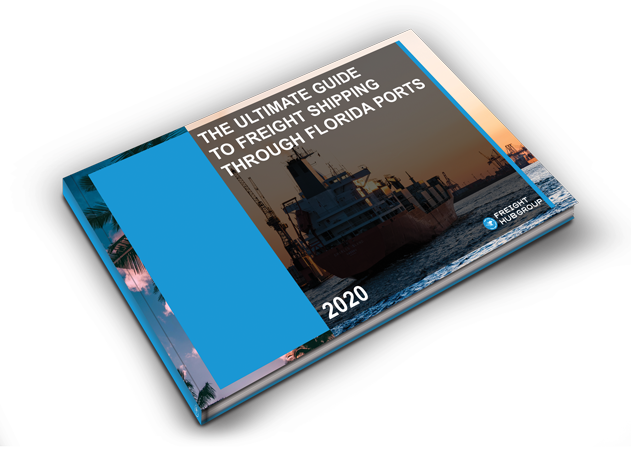The ABCs of Affreightment: What It Means and Why It Matters?
The maritime industry serves as the backbone of international trade, and key to this intricate network is the concept of affreightment. But what does affreightment mean in the realm of shipping? Essentially, affreightment is the contractual agreement between a ship owner and a charterer for the transportation of goods. In this article, we will delve into the meaning of affreightment, as well as provide an example of a contract of affreightment, to offer a better understanding of its significance in maritime trade.
The Basic Components
In an affreightment contract, the ship owner commits to provide a vessel—often complete with crew, maintenance, and insurance—to move cargo from a specified origin to a predetermined destination. The charterer, on the other hand, pledges to pay a stipulated fee, usually known as freight, for the service. The contract outlines the rights and responsibilities of each party, including the nature of the cargo, the route to be taken, and the time frame within which the service must be completed.
Types of Affreightment Agreements
Affreightment contracts come in various forms, depending on the specific requirements of the parties involved. Here are some of the commonly used types:
- Voyage Charter: This agreement specifies that the ship will carry cargo from one port to another. Payment is usually per ton or on a lump-sum basis.
- Time Charter: Here, the charterer rents the vessel for a fixed period, controlling its movements while the owner maintains possession of the ship.
- Bareboat Charter: The charterer takes over the vessel—sans crew, provisions, and other operating necessities—and is responsible for every aspect of the voyage.
- Demise Charter: Similar to a bareboat charter, but for a longer period, often several years. The charterer takes on more responsibilities, including maintenance and operation costs.
A Contract of Affreightment Example
To elucidate how this type of contract works, let’s consider an example. Imagine Company A wishes to transport 10,000 tons of grain from New York to London. They enter into a voyage charter agreement with Ship Owner B, specifying the terms, conditions, and payment methods. The contract outlines:
- The type and quantity of cargo (10,000 tons of grain)
- The loading port (New York) and the destination port (London)
- The timeline for the voyage
- The freight rate, calculated per ton of grain
- The demurrage charges, if the loading or unloading exceeds the agreed time
- Liability clauses, in case of loss or damage to the cargo
The company pays an agreed-upon fee to Ship Owner B, who then provides the ship, crew, and other operational aspects to complete the transaction. Both parties are bound by the stipulations in the contract, ensuring a relatively smooth operation.
Legal and Regulatory Aspects
Affreightment contracts are usually bound by international maritime laws and may also be subject to jurisdiction-specific regulations. The commonly accepted international conventions include the Hague-Visby Rules and the Rotterdam Rules, which provide a legal framework for these agreements. Failure to adhere to the contract’s terms can result in litigation, penalties, or other legal consequences for both parties.
Importance in Global Trade
These agreements play a critical role in the mechanics of international commerce. Whether it’s the transportation of raw materials, food products, or manufactured goods, affreightment ensures that trade routes function effectively. It offers a structured way for ship owners and charterers to interact, thereby facilitating the flow of goods across the globe.
Long Story Short
Affreightment serves as a linchpin in the global maritime industry, providing a contractual foundation upon which international trade often depends. It outlines the obligations, rights, and responsibilities of ship owners and charterers, ensuring that the transport of goods occurs in a regulated and efficient manner. By understanding the different types of affreightment agreements and their nuances, stakeholders can make informed decisions that contribute to the overall efficacy and reliability of global trade systems.
Thus, the concept of affreightment is not merely a contractual formality but a crucial element that helps to sustain and organize the ever-complex world of international shipping.
Sources:
- “Maritime Law” by Christopher Hill – This book provides comprehensive coverage of maritime law, including the different types of affreightment contracts.
- International Maritime Organization (IMO) Website – Offers various resources and documents related to maritime law, including affreightment agreements. Website: IMO Official Website
- “Shipping Law and Admiralty Jurisdiction in South Africa” by Professor John Hare – This book is specific to South African law but offers excellent insight into shipping contracts.
- Lloyd’s List – An industry-standard news source that often covers topics related to shipping contracts and maritime law. Website: Lloyd’s List
- Journal of Maritime Law and Commerce – This journal offers scholarly articles that often delve into the intricacies of shipping contracts, including affreightment.
- Hague-Visby Rules and Rotterdam Rules – These international conventions lay down the legal framework for affreightment contracts. The texts can usually be found on the United Nations’ official website.
Recent Posts
Watch our Podcast

THE ULTIMATE GUIDE TO FREIGHT SHIPPING THROUGH FLORIDA PORTS
When it comes to ocean freight shipping in Florida, there is a lot to know to ensure you follow the appropriate steps when shipping into and out of Florida Ports.
Just enter in your email address and receive your FREE E-Book in minutes!